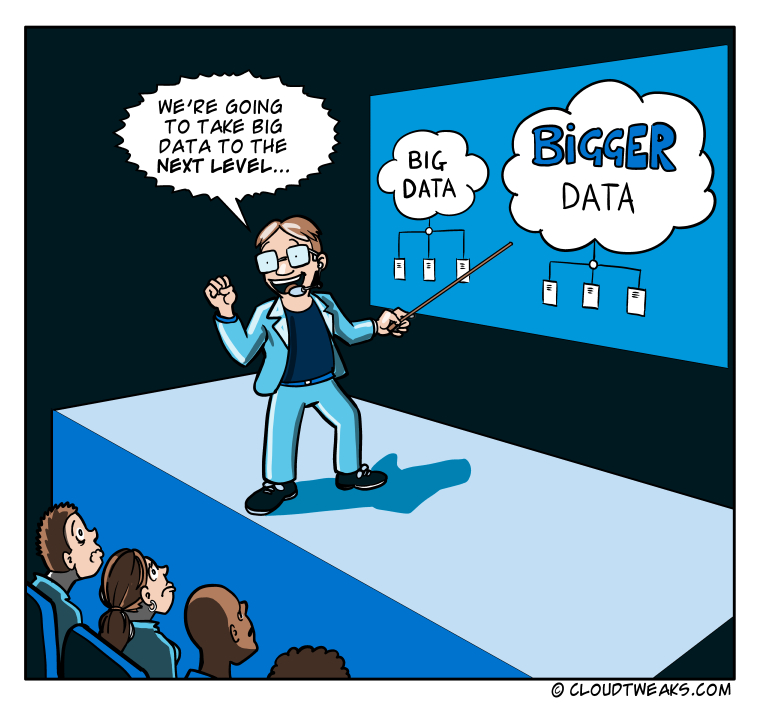The Real-world Impact of the IoT
IoT in the Workplace Just as the Industrial Revolution changed the relationship between humans and work, the rise of the Internet of Things promises to create a fundamental shift in the way companies and their employees operate.

Just as the Industrial Revolution changed the relationship between humans and work, the rise of the Internet of Things promises to create a fundamental shift in the way companies and their employees operate. This leap forward won’t happen just because everything from coffee cups to light fixtures has sensors now — it will happen because the information we receive from those sensors augments our reality.
We’re approaching an era when all the sensors around us are connected, feeding, and receiving data from one another and improving our ability to understand and interact with that information. It’s the difference between receiving information about traffic and having the GPS automatically update the map in real-time as we drive.
Understanding this, it should be no surprise that the real-world impact of the IoT occurs at the edge between the physical and the digital world.
THE ADVENT OF THE IOT IN THE WORKPLACE
Any physical movement, like preparing boxes for shipment, always has consequences beyond the physical space. The boxes might be late, overstuffed, or broken in transit — all of which impacts shift schedules, time slots, budgeting, and more. The real innovation of the IoT isn’t in the physical realm or the digital realm but in the space where they meet.
As this integration grows, the future of the IoT will become even more intertwined with automation and Machine Learning. We as humans won’t be able to handle all the data they collect, and we shouldn’t be expected to. It doesn’t matter to me how long a traffic jam is — it matters when and how I can get to my next appointment.
The same is true for many professions. Nurses don’t need to know the number of accidents on the road as much as when the next patients will arrive and what care they’ll require. Shift leaders don’t need to know the temperatures of the machines, but they do need to know when to take action to keep production moving.
As the machines around us evolve, so do we, and in turn our relationship to them. Every time we increase the number of connections between ourselves and our machines, the evolution of work has taken a tremendous step forward. Mass manufacturing created a network of hands and allowed productivity to skyrocket. The internet connected us to one another, pooling our resources and creativity to overcome the limitations of cognition and memory.
CHANGE ON THE HORIZON
Over the coming years, we’ll see significant advances in AI and chatbots assisting us in everyday tasks. But an assistant is only as good as the data upon which it can make decisions. With the IoT, we exponentially increase not only the amount of data, but also the number of sources from which the data is drawn, giving bots more context with which to make better decisions.
Of course, this revolution won’t be without casualties. As machines evolve to take on increasingly complex tasks, many workers may suddenly find their positions become redundant.
Historian Yuval Noah Harari believes that this disparity will eventually create a class of the “economically useless” as the rise of AI eliminates the need for thousands of positions. While this shift won’t happen overnight, business and societal leaders will need to be cognizant of what this will mean for the next generation.
Transportation has already started to see this change and will continue to evolve as the technology does. Who needs a car when there’s Uber? Who needs a driver when there are self-driving cars? Better yet, why drive at all if you need to meet someone who is scheduled to be in the building next door tomorrow?





































